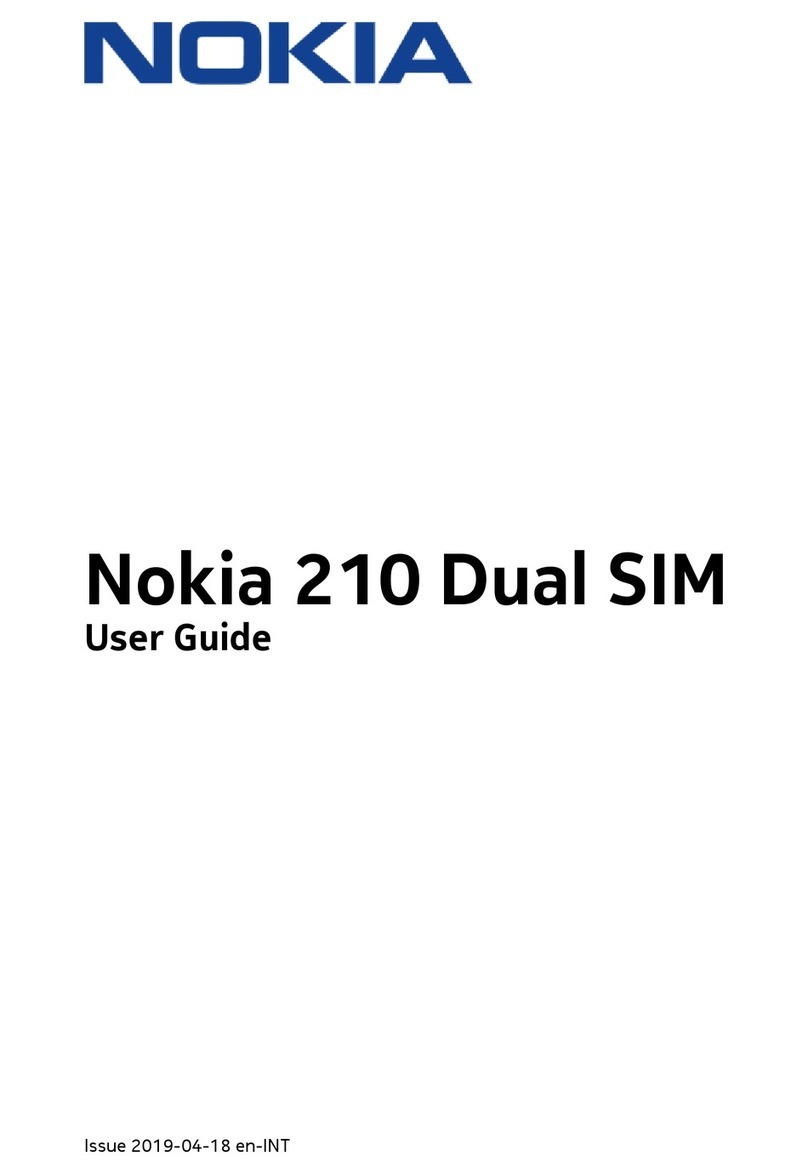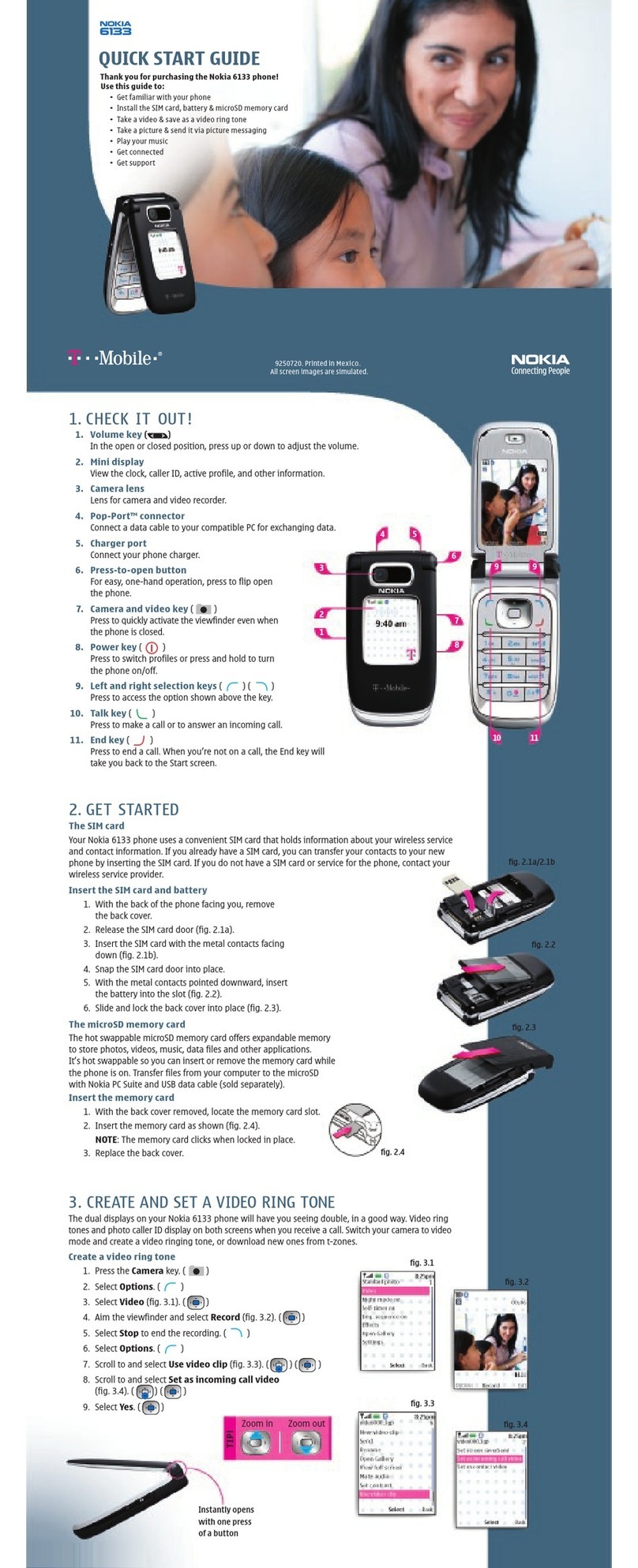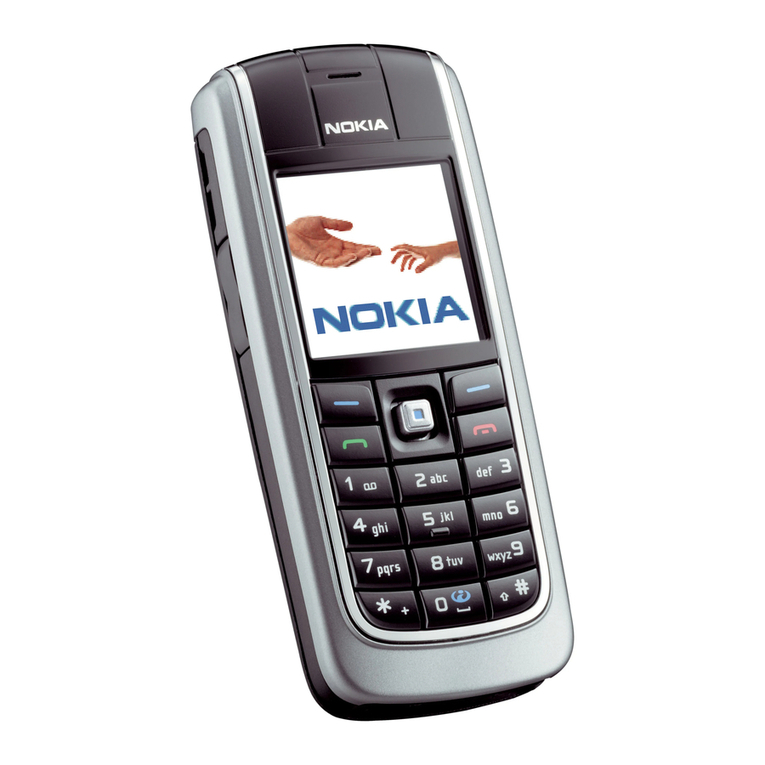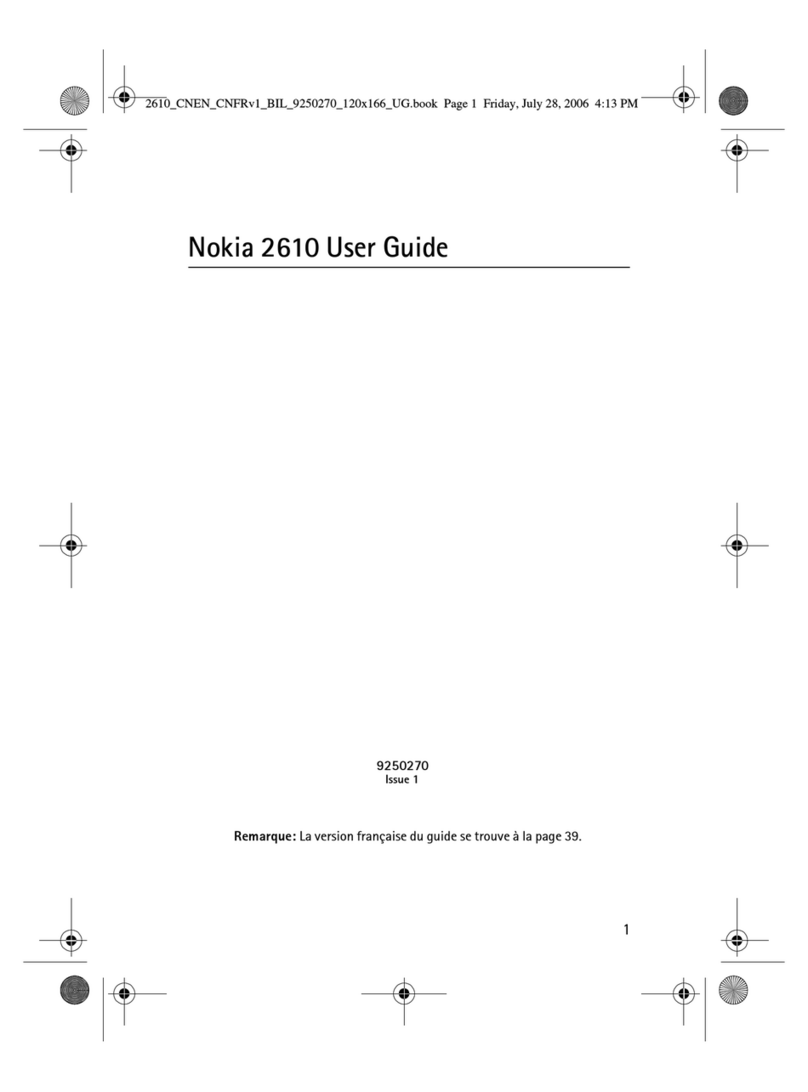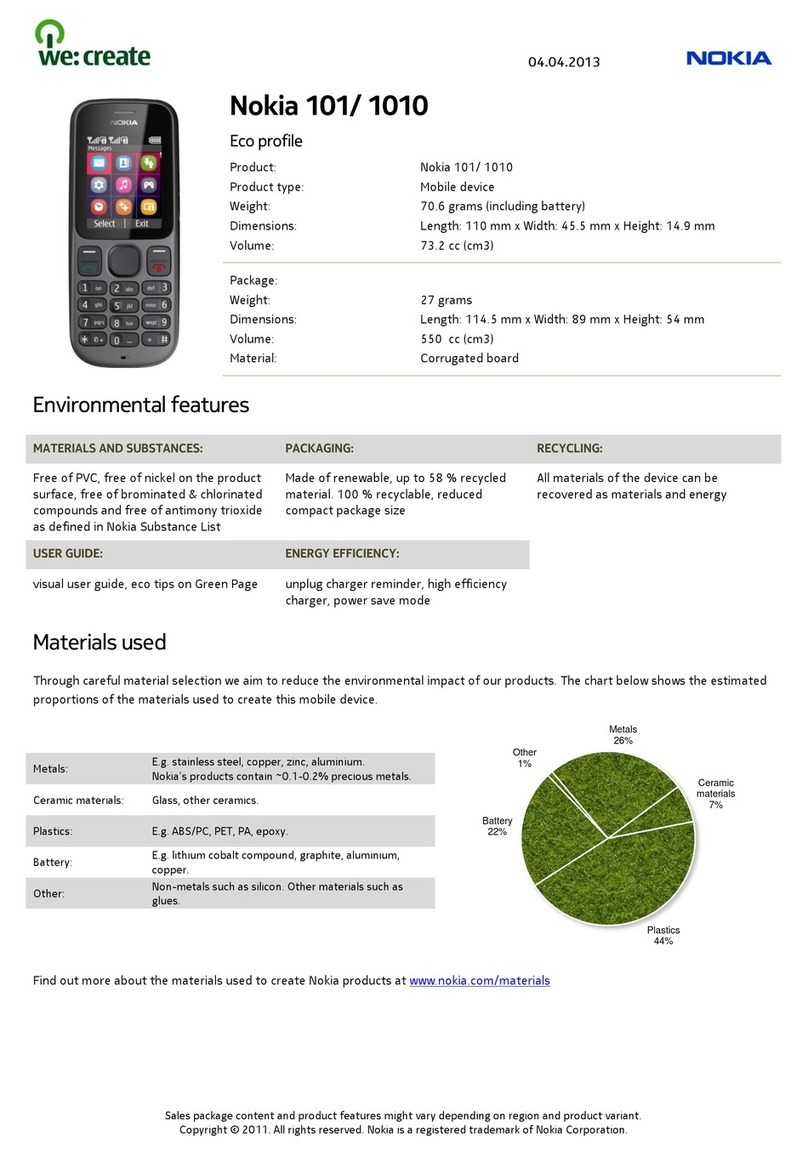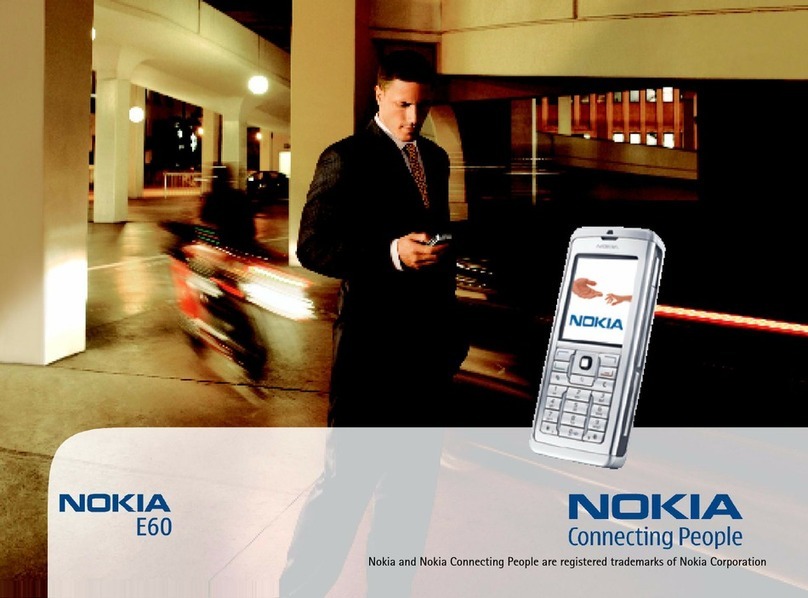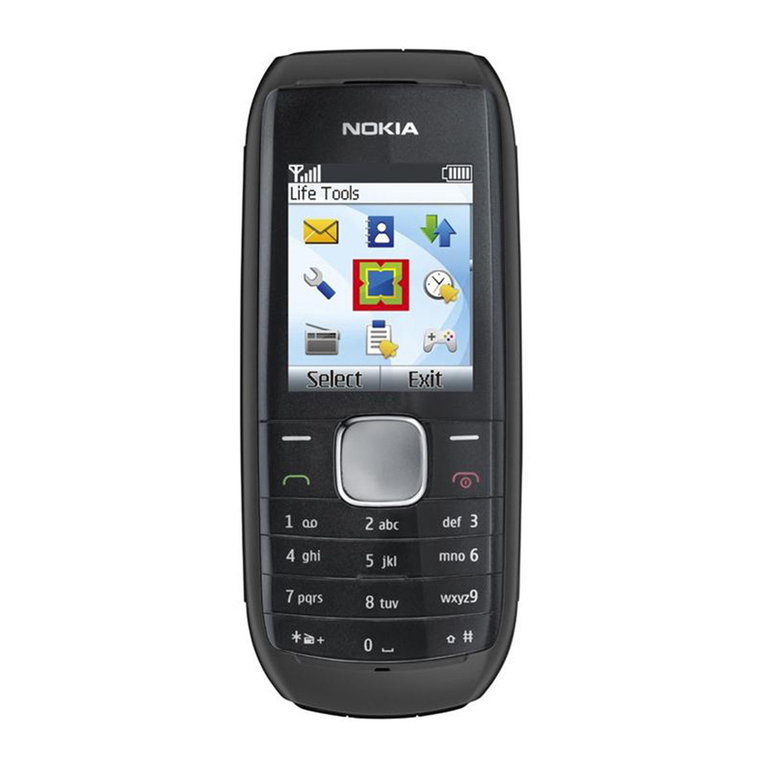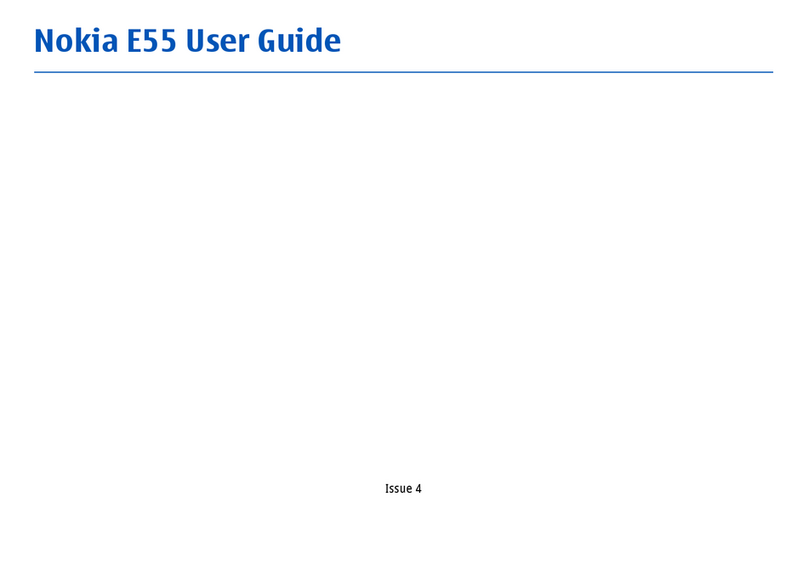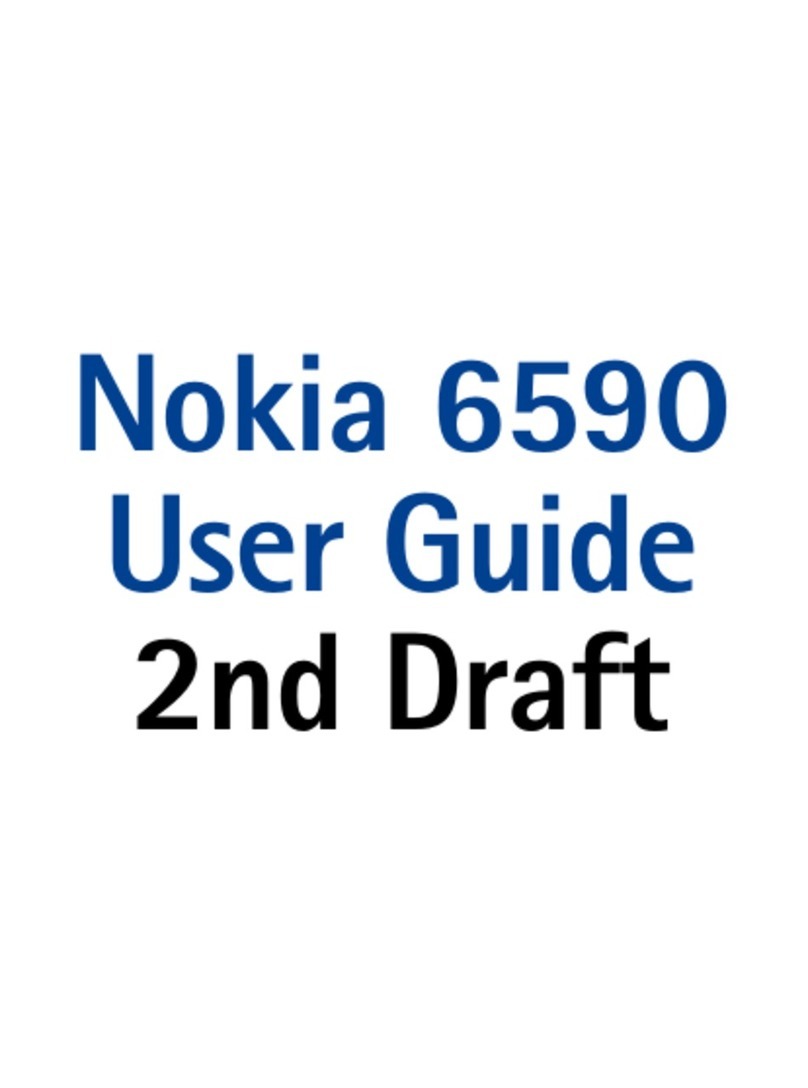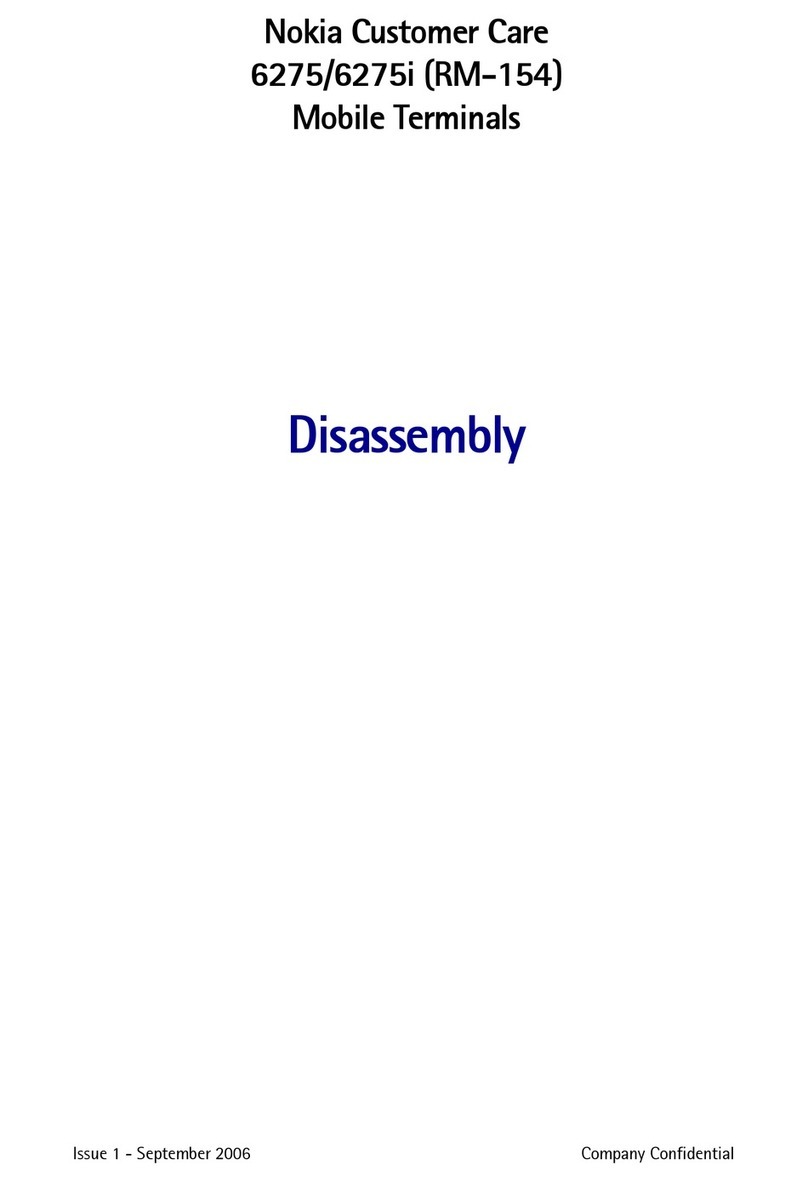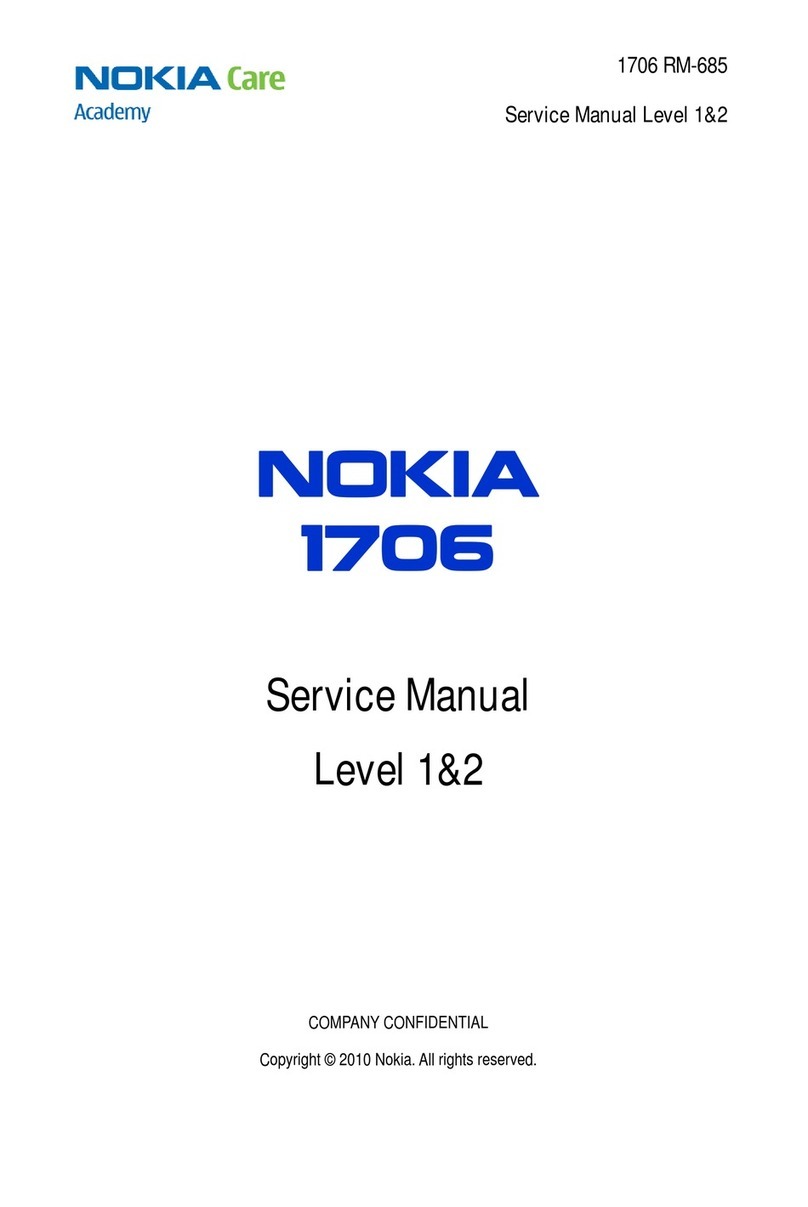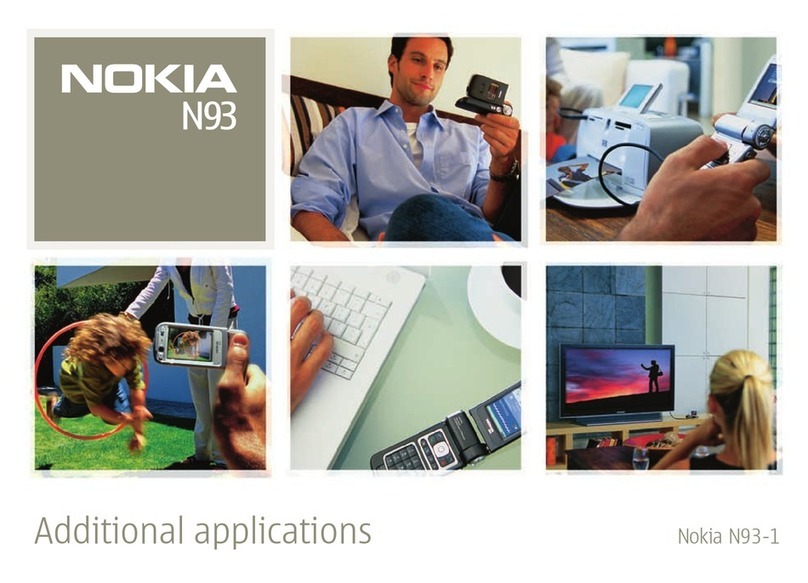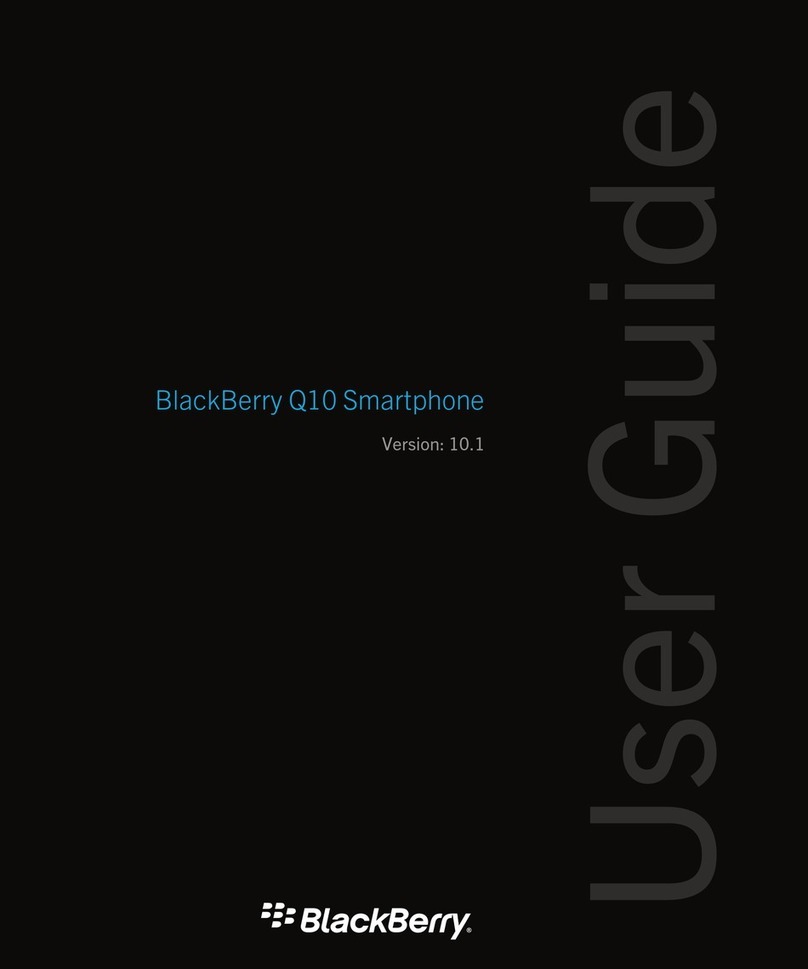
CONFIDENTIAL 4 (29)
NPE-4 6310/NPL-1 6310i Repair Hints
Customer Care Europe, Middle East & Africa Version 3.0 Approved
SCCE Training Group Date 22.04.2003
©NMP 2003 Checked by:
SCCE Training Group
Approved by:
SCCE
IMPORTANT:
This document is intended for use by authorized NOKIA service centers only.
The purpose of this document is to provide some further service information for NPE-4 6310 / NPL-1 6310i.
It contains a lot of collected tips and hints to find faults and repair solutions easily.
It also will give support to inexperienced technicians.
Saving process time and improving the repair quality is the aim of using this document.
It is based on fault symptoms (listed in "Contents") followed by detailed description for further analysis.
It is to be used additionally to the service manual and other service information such as Service Bulletins.
Ffor that reason it does not contain any circuit descriptions or schematics.
All measurements are made by using the following equipment:
Nokia repair SW : Phoenix
Phoenix Application : 04.13.005
Flash SW (CMT) : 5.01 6310 / 5.50 6310i
Test Jig : MJS-40
Docking station : JBV-1
Docking Adapter : MJF-9
Digital Multimeter : Fluke 73
Oscilloscope : Fluke PM 3380A/B
Spectrum Analyzer : Advantest R3162 with an analogue probe
RF-Generator / : CMU 200
GSM Tester
While every endeavour has been made to ensure the accuracy of this document, some errors may exist. If the reader
finds any errors, NOKIA should be notified in writing, using the following procedure:
Please state:
Title of the document + issue number/date of publication.
Page(s) and/or figure(s) of error.
Please send to: Nokia GmbH
Technical Services E&A
Meesmannstr.103
D-44807 Bochum / Germany
Email: training.sace@nokia.com
Copyright © Nokia Mobile Phones.
This material, including documentation and any related computer programs, is protected by copyright, controlled by Nokia Mobile
Phones. All rights are reserved. Copying, including reproducing, modifying, storing, adapting or translating any or all of this
material requires the prior written consent of Nokia Mobile Phones. This material also contains confidential information, which
may not be disclosed to others without the prior written consent of Nokia Mobile Phones.


